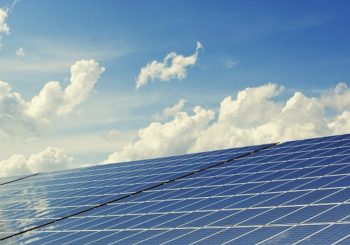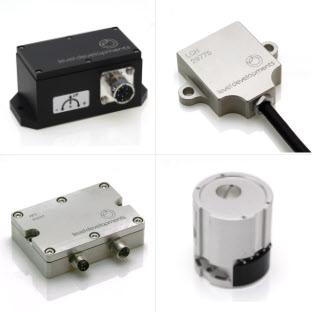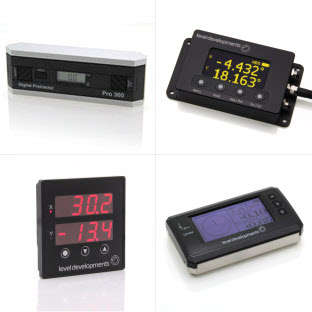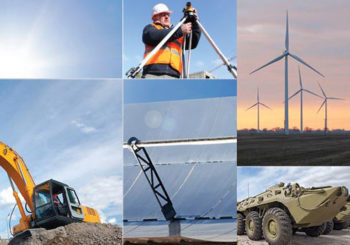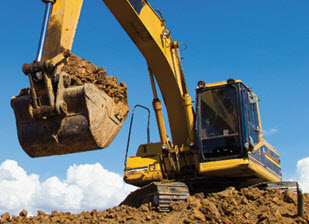Using Inclinometers in Solar Plants
Solar power is a rapidly growing, renewable energy resource that has gained widespread technological advances over the past decade. What was once a staple on small devices such as calculators and garden lights can now be found on cars and rooftops as the potential of solar power reaches new heights. The increasing development of solar technology and its clean, safe and renewable nature has led to the birth of solar farms and solar energy plants – Areas of land dedicated to harnessing solar energy via arrays of photovoltaic (PV) solar panels for the electrical grid. With such large applications now available, it is imperative for these solar farms to be effective and efficient in utilising solar energy.
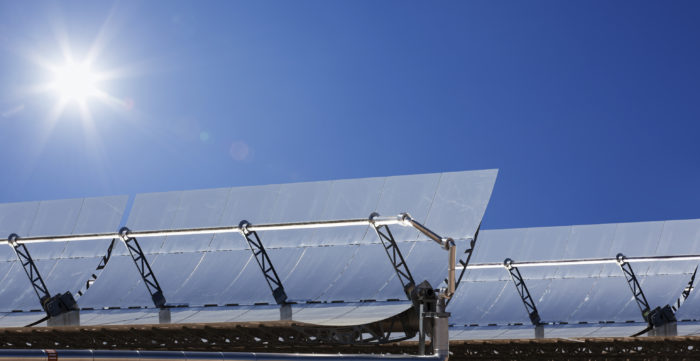
By definition, solar panels harvest energy from the sun and whilst this is a clean, renewable source of energy, it cannot be easily controlled. For this reason, solar power has often been perceived as inconsistent and inefficient, particularly when in a static fixed axis where they cannot exploit the full potential of the sun’s intensity due to angular position (on rooftops for example). The optimum position for a panel is perpendicular to the sun, as the narrower the angle of incidence (the angle that the rays from the sun hit the surface of the panel), the more energy a photovoltaic panel can produce. Typically, a positional accuracy of 0.5° is required for the panels to operate at their maximum efficiency.
On solar farms, the vast space and flexible structures of PV solar panels mean that rotation is possible via automated tracking systems, keeping them perpendicular to the sun and effective for picking up solar energy. Photosensors have been commonly used here, but inclinometers have become increasingly popular over time. This is partly due to the price reduction & advances in Micro Electro Mechanical System (MEMS) technology, but also due to photosensor issues such as: poor accuracy, shading from other trackers, recovery time after cloud cover & poor position reporting to controllers. These issues reduce a tracker’s efficiency and can amount to a large loss when spread across a solar farm.
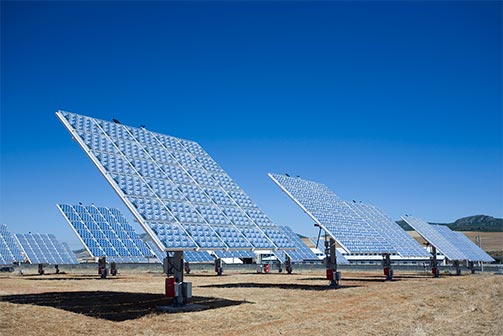
In contrast, an inclinometer sensor monitors the solar panel’s position and provides real position feedback to the tracker control unit, this means that the controller has constant awareness of the panel’s position and can manoeuvre the panel to face the sun accurately – known as a closed loop system. This also means that the tracker does not lose position or accuracy when obstructed by shading from other trackers or clouds; instead, it remains ready to harness the full potential of the sun’s energy while clouds pass overhead & other trackers move beside it. Although impossible to control the weather, the sun’s position in the sky is in fact extremely predictable. When used with an inclinometer, the controller only needs to know the date, time, and its own location to direct the tracker with high precision. By using this sun-prediction algorithm, the automated program can be used throughout the year & the trackers can be left to work with minimum intervention, besides general maintenance of the photovoltaic panels or concentrating mirrors (which may be heliostats, parabolic troughs or fresnel mirrors, depending on the type of farm).
The type of inclinometer used can either be single-axis, suitable for single-axis and pitch-azimuth trackers, or dual-axis, suitable for dual-axis pitch and roll solar trackers. Single-axis inclinometers tend to be used when the main purpose is to track the sun as it rises from the East and sets in the West at specific times of the year. Dual-axis inclinometers can be used to optimise the solar energy collected throughout the year where different seasonal variations cause changes in the height at which the sun is at, for example. It has been found through various studies that the use of single-axis trackers can result in up to a 35% increase in solar energy collection compared to static, fixed-axis panels, whilst the use of dual-axis trackers can result in up to a 45% increase. While these are not always practical on residential uses of solar panels, they are a vital, cost-effective investment for any solar plant.
Level Developments can provide both single-axis and dual-axis inclinometers for your needs, as well as providing support and maintenance to provide seamless installation and running of your panels.
- SOLAR-360-1-RS485 – Inclinometer Sensor, Single Axis ±180°, RS485 Interface
- SOLAR-2-45-1-RS485 – Dual Axis Inclinometer, ±45°, RS485 Interface
- SOLAR-2-45-1-RS232 – Dual Axis Inclinometer, ±45°, RS232 interface
- SOLAR-2-30-2-RS485M – Dual Axis Inclinometer, ±30°, RS485 ModBus, with Temperature Compensation



